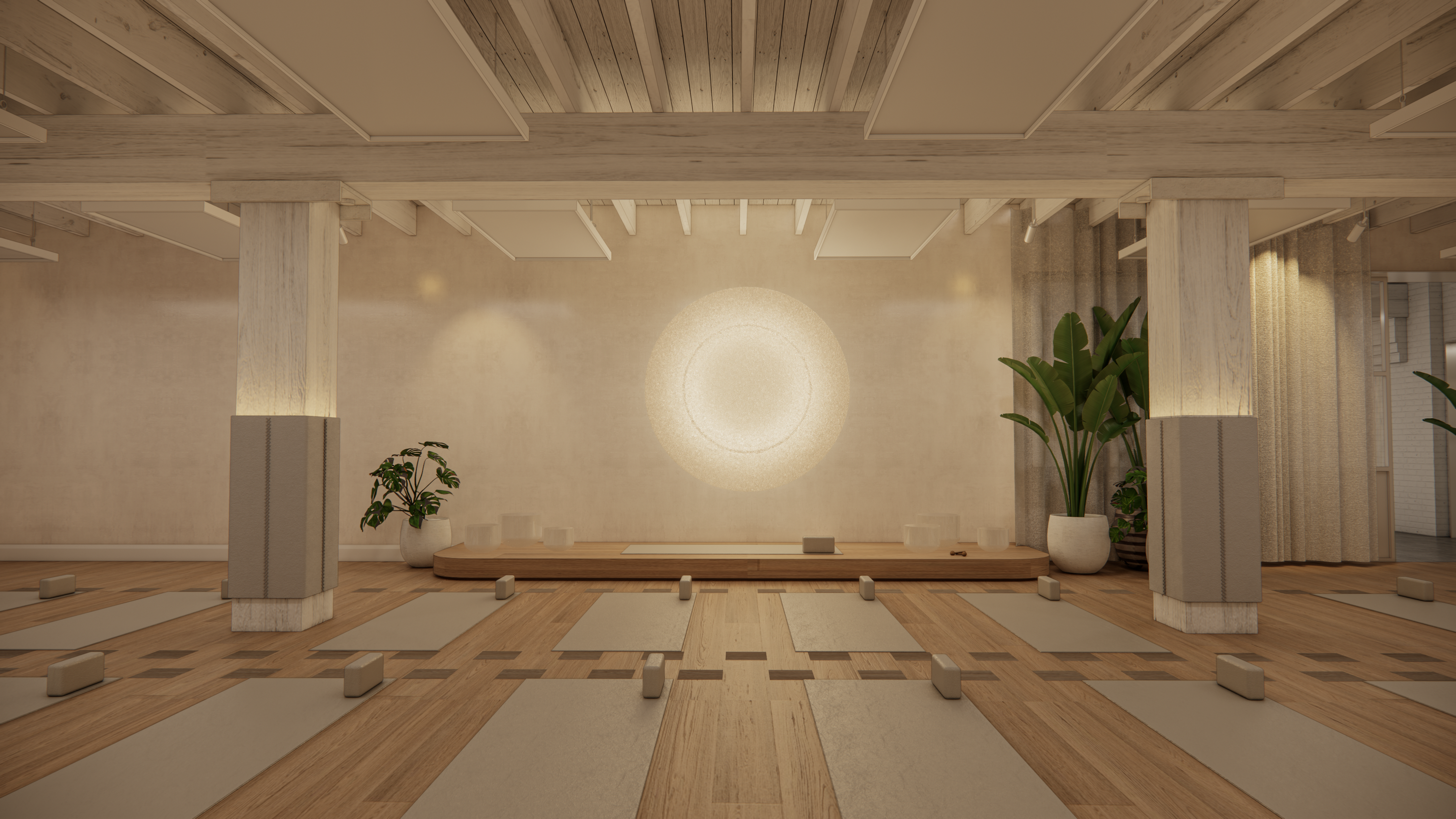Heart rate zone training and in particular, zone 2 training, has become one of the biggest buzzwords in the last few years, gaining traction thanks to experts such as Andy Galpin and Andrew Huberman. But what makes heart rate training so popular? Why has zone 2 had the most attention? And does that mean we should overlook the rest of the zones? Keep reading for all you need to know about heart rate zone training.
Ready to put it into practice? Find Part 2 here for our step-by-step guide here.
What are Heart Rate Zones?
Your heart rate is measured in beats per minute (BPM) and is an indication of how hard the heart is working to pump blood around the body.
There are three key heart rate measurements:
- Resting heart rate – The number of beats per minute when you’re completely relaxed. (RHR)
- Minimum heart rate – The lowest your heart rate will drop.
- Maximum heart rate – The highest your heart rate can reach during intense activity. (MHR)
Heart rate can be divided into different zones based on a percentage of your max heart rate. The higher the percentage, the more intense the activity and the greater the cardiovascular demand.
Each heart rate zone triggers different physiological responses, meaning your body experiences unique benefits depending on which zone you’re training in.
The 5 Heart Rate Zones
There are five heart rate zones, the exact numbers individual to the person. To world out your heart rate zones, begin by finding your max heart rate and then work out the percentage from there.
| Zone | Intensity | Percentage of HR Max |
| Zone 1 | Very light | 50–60% |
| Zone 2 | Light | 60–70% |
| Zone 3 | Moderate | 70–80% |
| Zone 4 | Hard | 80–90% |
| Zone 5 | Maximum | 90–100% |
Heart Rate Zone 1: 50-60% of Your Max
Zone 1 is the easy zone, the one you could hold for hours.
Think a gentle walk.
Heart Rate Zone 2: 60-70% of Your Max
Zone 2, yes that one you’ve heard so much about, is where you want to be to improve your endurance. Training in this zone helps your body become more efficient at burning fat while increasing capillay densiy, improving oxygen delivery to your muscles.
It’s still on the lower-intensity, more comfortable side so you should be able to hold zone 2 for a considerable amount of time. The intensity is coming up but you can hold a light conversation with the occasional pause to catch a breath.
Heart Rate Zone 3: 70-80% of Your Max
Now we’re starting to build as we move from easy to moderate intensity! In this zone, you’re tapping into your aerobic capacity, which means lactate starts to accumulate. Hello, burn! But don’t worry, your body can still recycle that lactate for energy, keeping you going a little longer.
This is where you can feel your heart rate rising – you’re breathing faster and working harder.
Heart Rate Zone 4: 80-90% of Your Max
Welcome to Zone 4, where speed and intensity take over! Your breathing is heavy, your muscles are working hard, and fatigue is setting in. At this stage, your body relies primarily on carbohydrates for fuel, allowing for rapid energy production.
Training in this zone also increases your ability to tolerate and clear lactic acid, helping you push harder for longer. But don’t expect to last too long; Zone 4 is tough to sustain, typically maxing out around 15 minutes.
Heart Rate Zone 5: 90-100% of Your Max
Zone 5 – your all-out max effort. This is as intense as it gets, pushing your heart rate to its absolute peak. Your body is working at full capacity, relying almost entirely on fast-burning energy sources.
Sustaining this level is only possible for a few minutes before exhaustion kicks in. It’s tough, but training here boosts power, speed, and overall athletic performance.

How to Work Out Your Heart Rate Zones
The fitter you are, the stronger your heart becomes, allowing it to pump more blood with each beat. This means your heart doesn’t have to work as hard, requiring fewer beats per minute to deliver the same amount of oxygen and nutrients to your muscles. Over time, this leads to a lower resting heart rate and improved overall efficiency.
You can get an estimate of your heart rate zones with a simple equation using your max heart rate.
Step 1: Find Your Max Heart Rate.
Max Heart Rate = 220 minus your age.
Step 2: Work Out the Percentage of Your Max Heart Rate.
Let’s say you’re 30 years old. That would make your max heart rate roughly 190. (220-30). To work out your zone 2, you then find 50% – 60% of 190.
- 50%: 190 / 100 * 50 = 95
- 60%: 190 / 100 * 50 = 114
Therefore to keep in zone two, your heart rate should stay between 95 and 114 beats per minute. However, not all 30-year-olds have the same levels of health and fitness, meaning there will be flex with your actual max.
The most accurate way would be to undergo a VO2 Max Test. But we don’t all have the time (or willpower) to be strapped up to a machine and run until we quite literally can’t anymore…
So a wearable device such as a heart rate strap or a fitness watch could help provide more personal insights too.
How to Start Heart Rate Zone Training
The easiest way to track your heart rate is to use a fitness wearable, either a chest strap or a fitness watch, so you can track in real time which zone you are in. You can use RPE (rate of perceived exertion) however results will be less accurate.
So grab your tracker, determine your max heart rate and heart rate zones, and from there you can structure your workouts to target your fitness goal.
To Build Aerobic Endurance, Focus on Zone 2
For those new to heart rate training, the goal is to build a strong cardiovascular base. Most of your workouts should be in zone 2 (60-70% of MHR), which is the ideal intensity for improving endurance, increasing fat burning, and strengthening the heart without excessive strain.
Example Workouts:
- Steady-State Cardio: 30-60 minutes in zone 2 (brisk walking, light jogging, or cycling).
- Long, Slow Distance (LSD) Training: A longer workout (up to 90 minutes) staying in Zone 2 to improve endurance.
- Active Recovery Workouts: Light sessions in zone 1 (50-60% of MHR) to promote recovery without fatigue.
How Often?
- 3-4 times per week at low intensity.
Why This Works:
- Strengthens the heart and lungs.
- Improves fat metabolism, helping with weight management.
- Builds endurance with minimal stress on the body.
Move into Mixing Intensity, Focusing on Zones 2 & 3
Once you’ve built a solid aerobic base, you can start adding more zone 3 (70-80% of MHR) work, which is a moderate effort that pushes the body toward higher cardiovascular fitness. This is where you start challenging yourself with controlled intensity.
Example Workouts for Intermediate Training:
- Tempo Runs or Rides: 15-30 minutes in Zone 3 (continuous effort just below “hard” but sustainable).
- Progressive Training: Start in Zone 2, then gradually increase intensity into Zone 3 before cooling down.
- Fartlek Training: A mix of Zone 2 and Zone 3, alternating between steady and faster paces.
How Often?
- 3-4 times per week, mixing moderate and low-intensity sessions.
Why This Works:
- Increases aerobic capacity and stamina.
- Helps the body adapt to moderate-intensity efforts.
- Bridges the gap between easy endurance work and high-intensity training.
To Bring in Speed & Performance, Incorporate Zones 4 & 5
For experienced athletes, heart rate training should include higher-intensity work in Zones 4 and 5 to improve speed, power, and anaerobic fitness. These sessions are shorter but require greater effort.
Example Workouts for Advanced Training:
- Threshold Training: 15-20 minutes in Zone 4 (80-90% of MHR) to increase lactate threshold.
- Interval Training (HIIT): 30-60 second bursts in Zone 5 (90-100% of MHR) followed by recovery in Zone 1-2 (repeat 5-10 times).
- Hill Sprints: Short, powerful uphill runs in Zone 5, followed by a slow recovery walk.
How Often?
- 1-2 times per week, combined with endurance and recovery sessions.
Why This Works:
- Increases speed, power, and performance.
- Improves lactate threshold, allowing for sustained high-intensity efforts.
- Boosts calorie burn and cardiovascular efficiency.
Balancing Your Heart Rate Training Plan
The key to success in heart rate training is balance. Aim for an 80/20 approach (80% low-intensity, 20% high-intensity) to ensure proper recovery while maximizing fitness gains.
Of course, if you have a specific goal, you can adjust your time spent in each of the zones to keep your fitness moving in the right direction.
Put it into Action!
Read part two of our heart rate zone training series, our guide to incorporating zone training for your specific goals here.
 by One Playground
by One Playground




